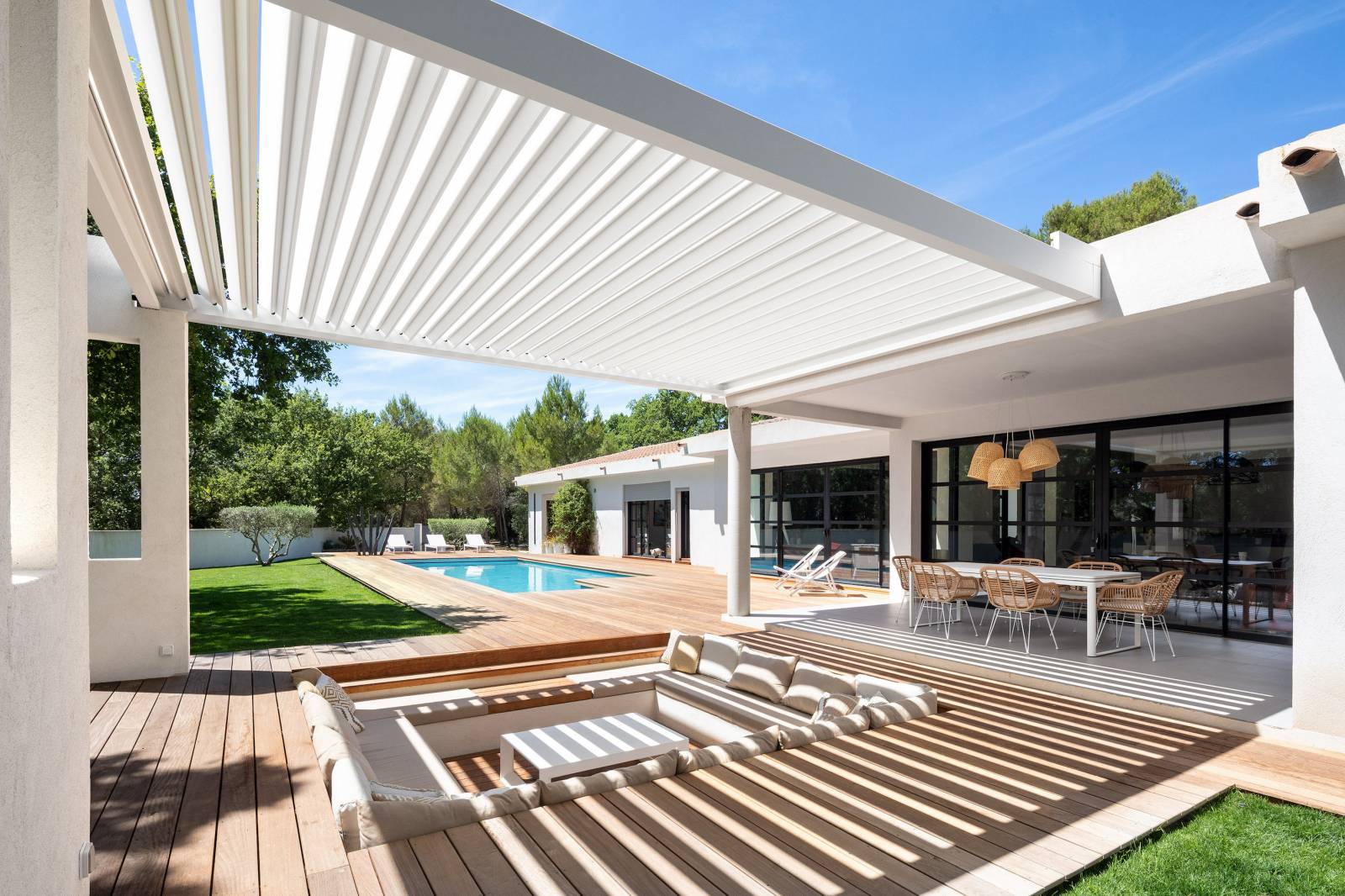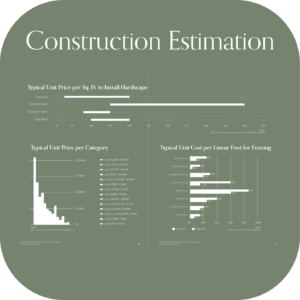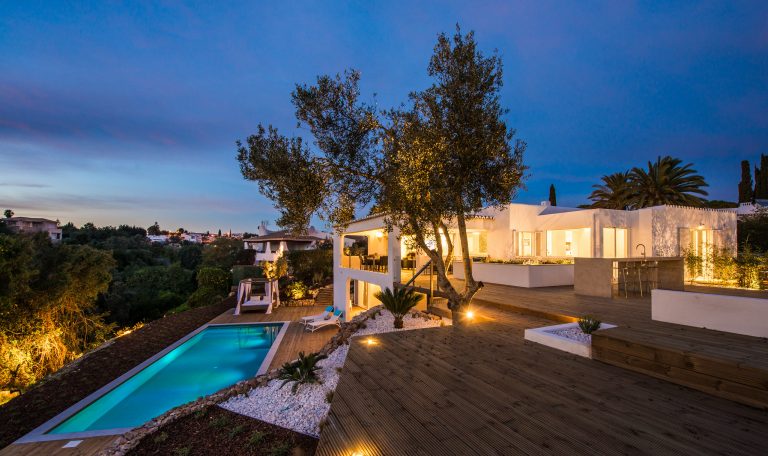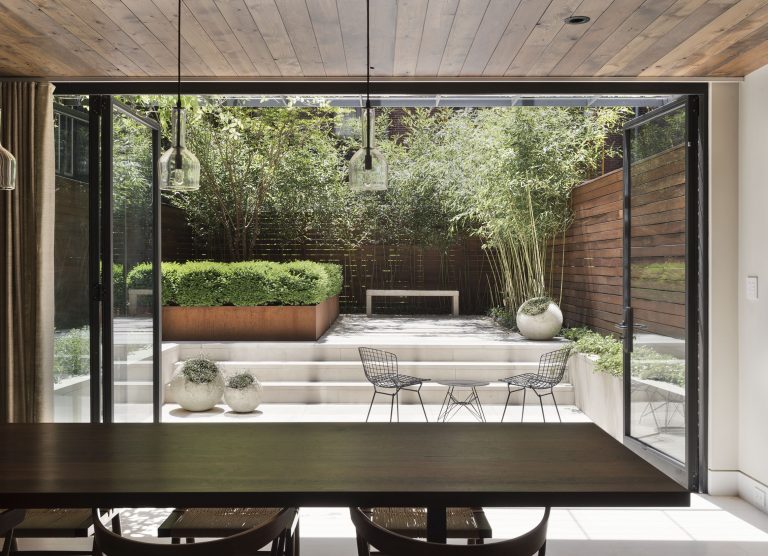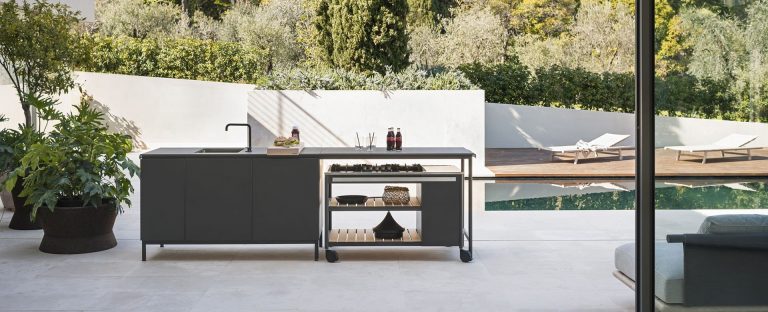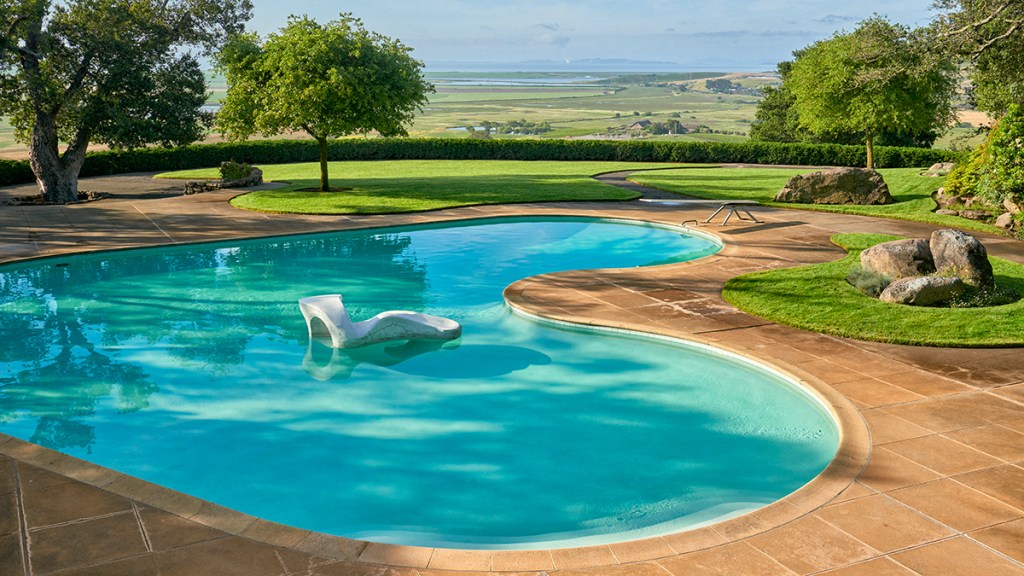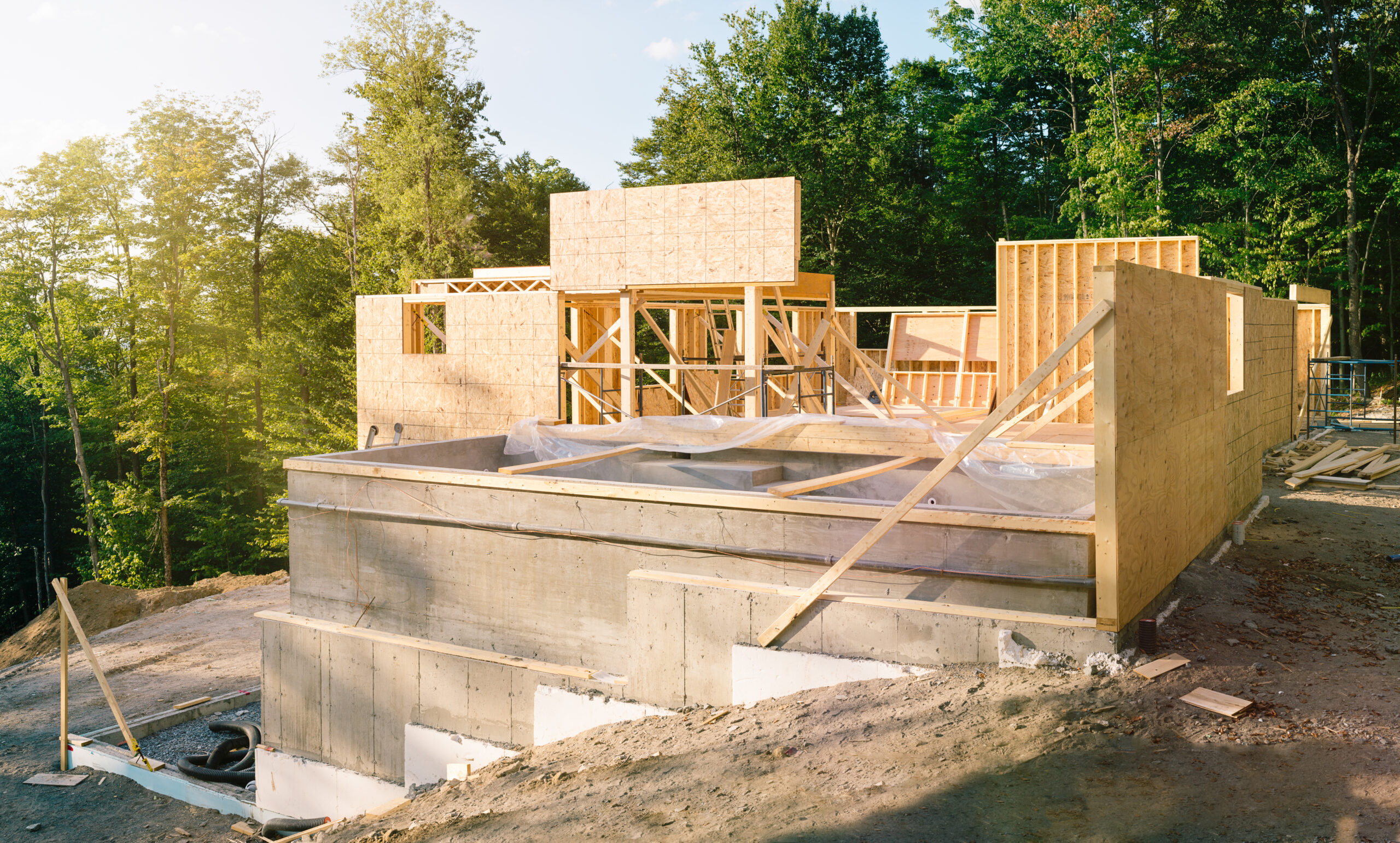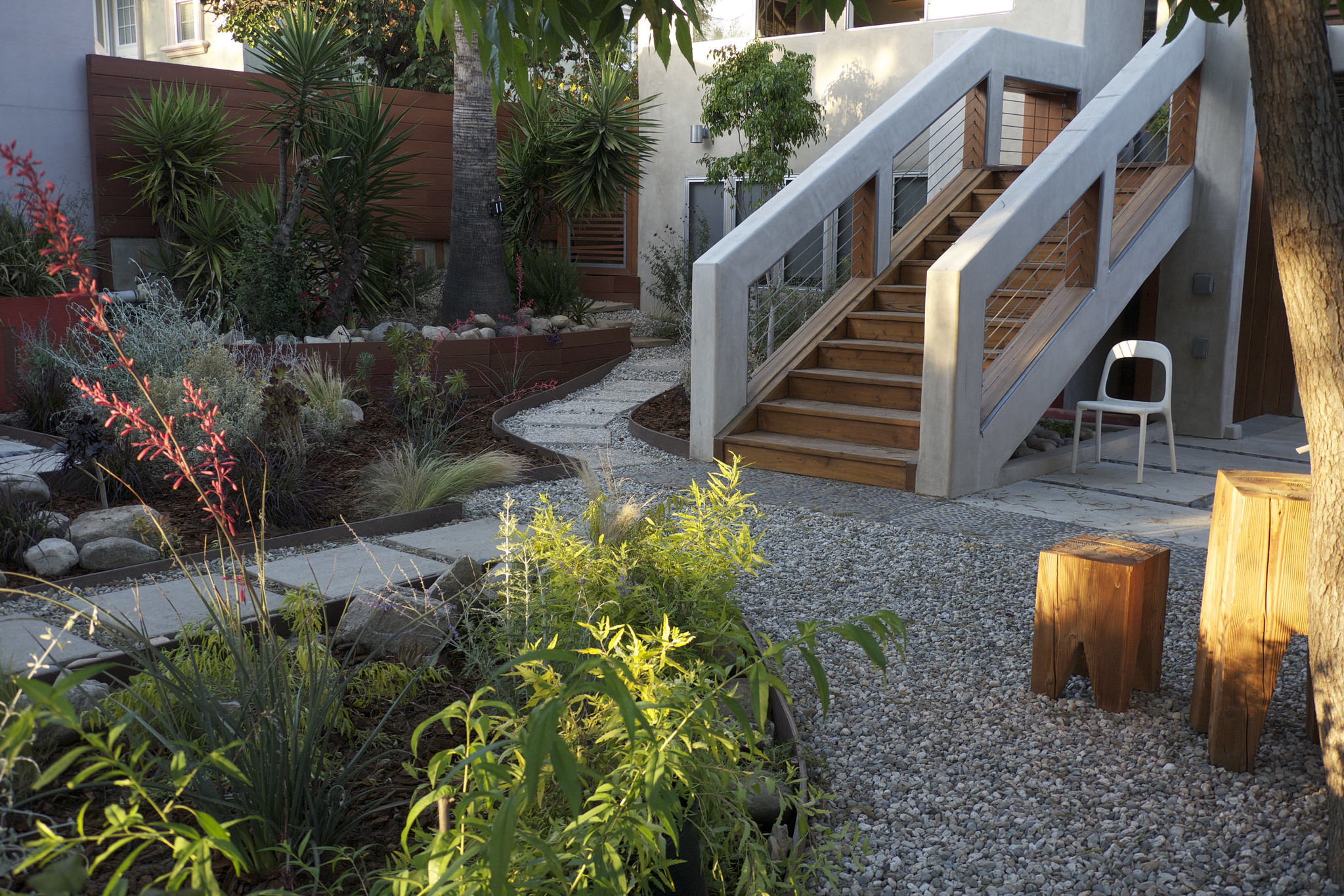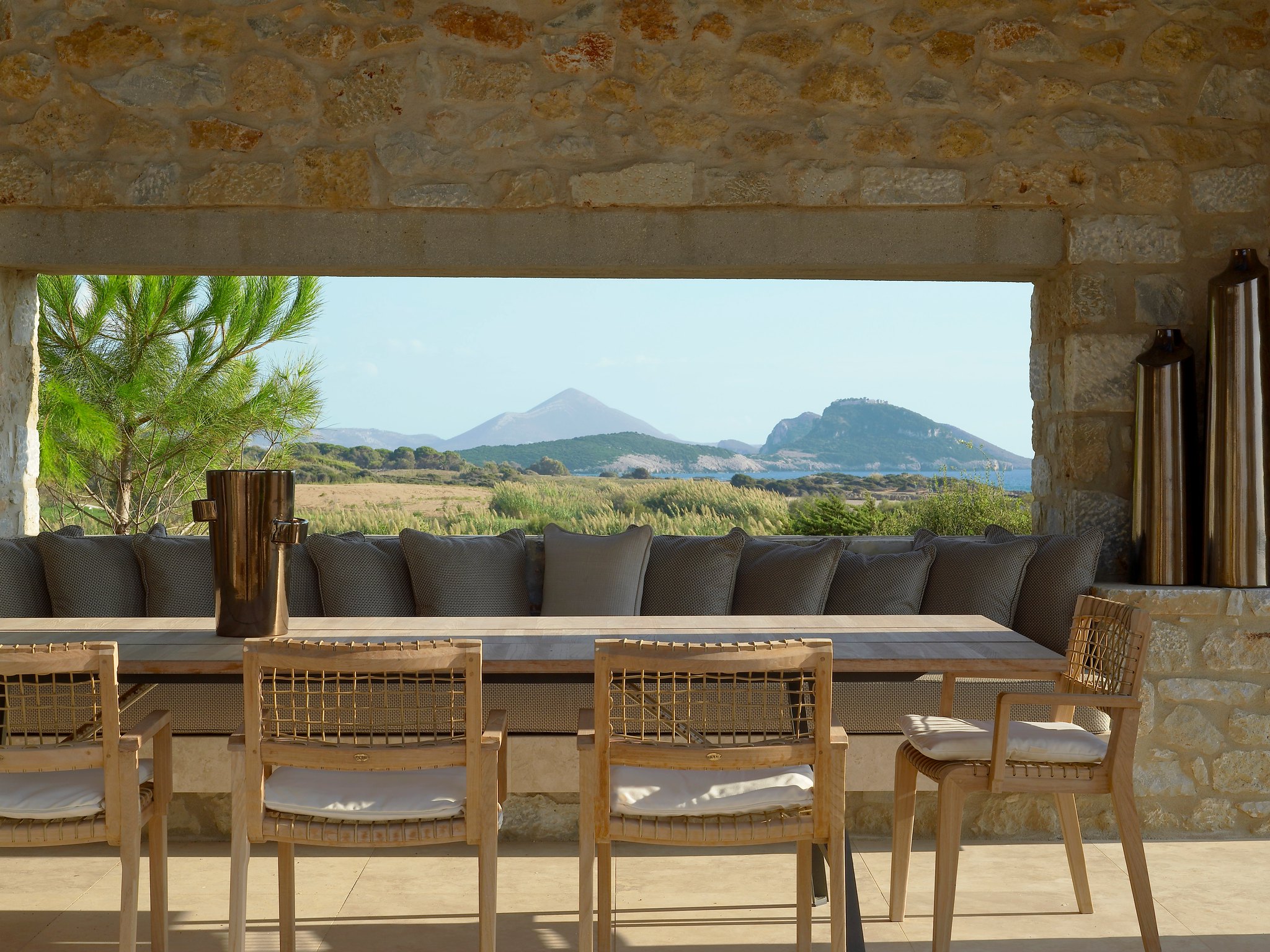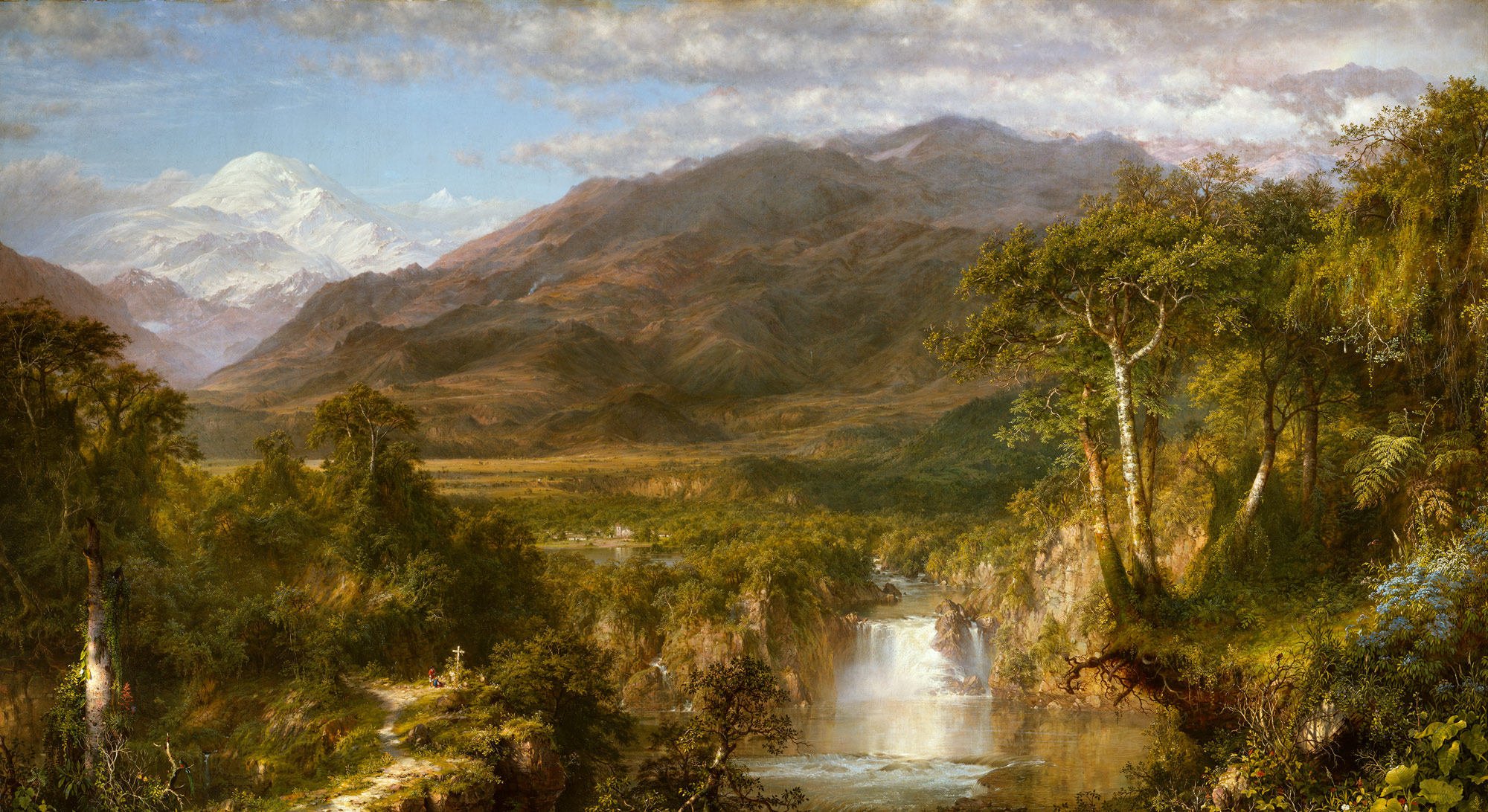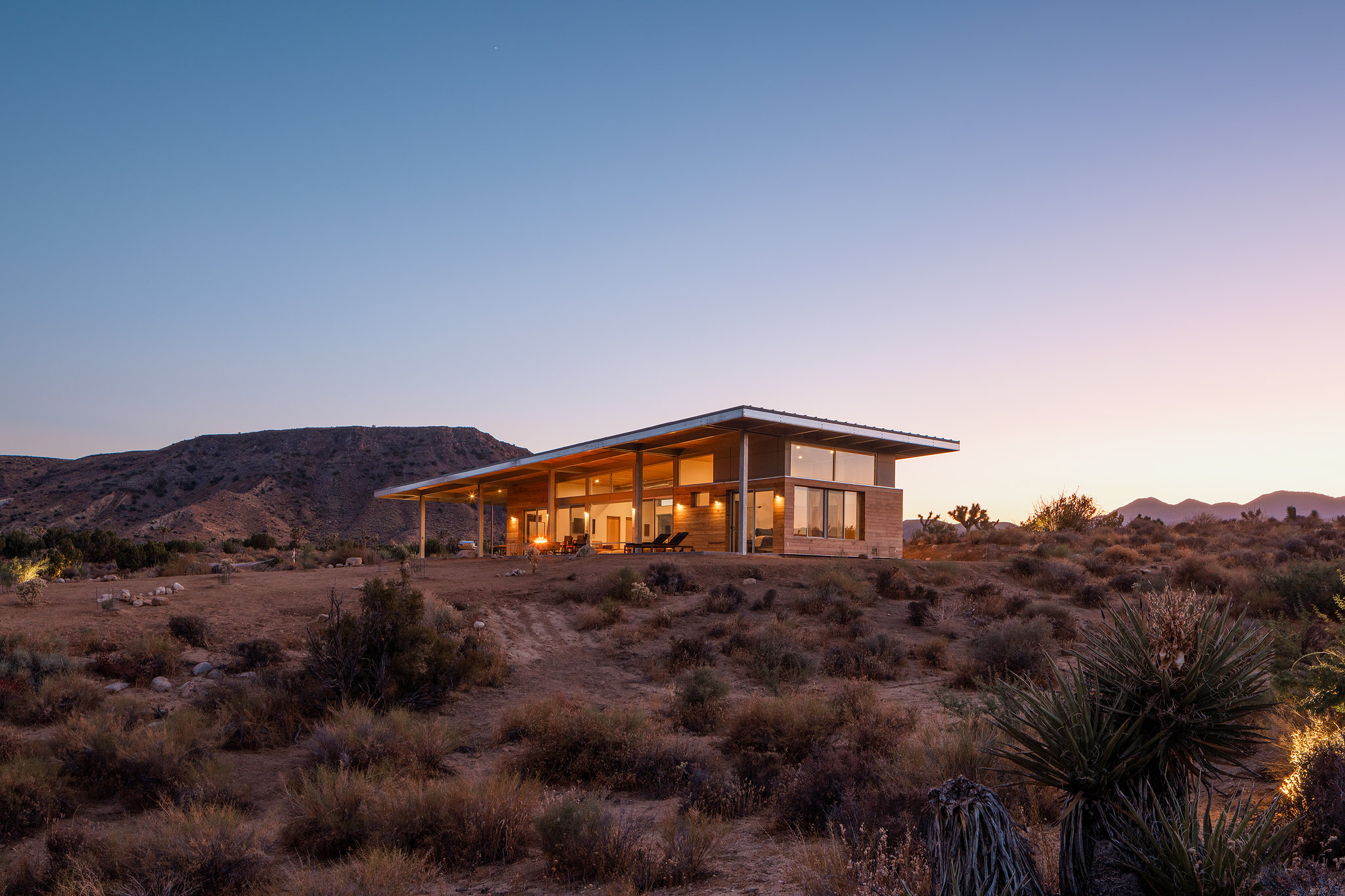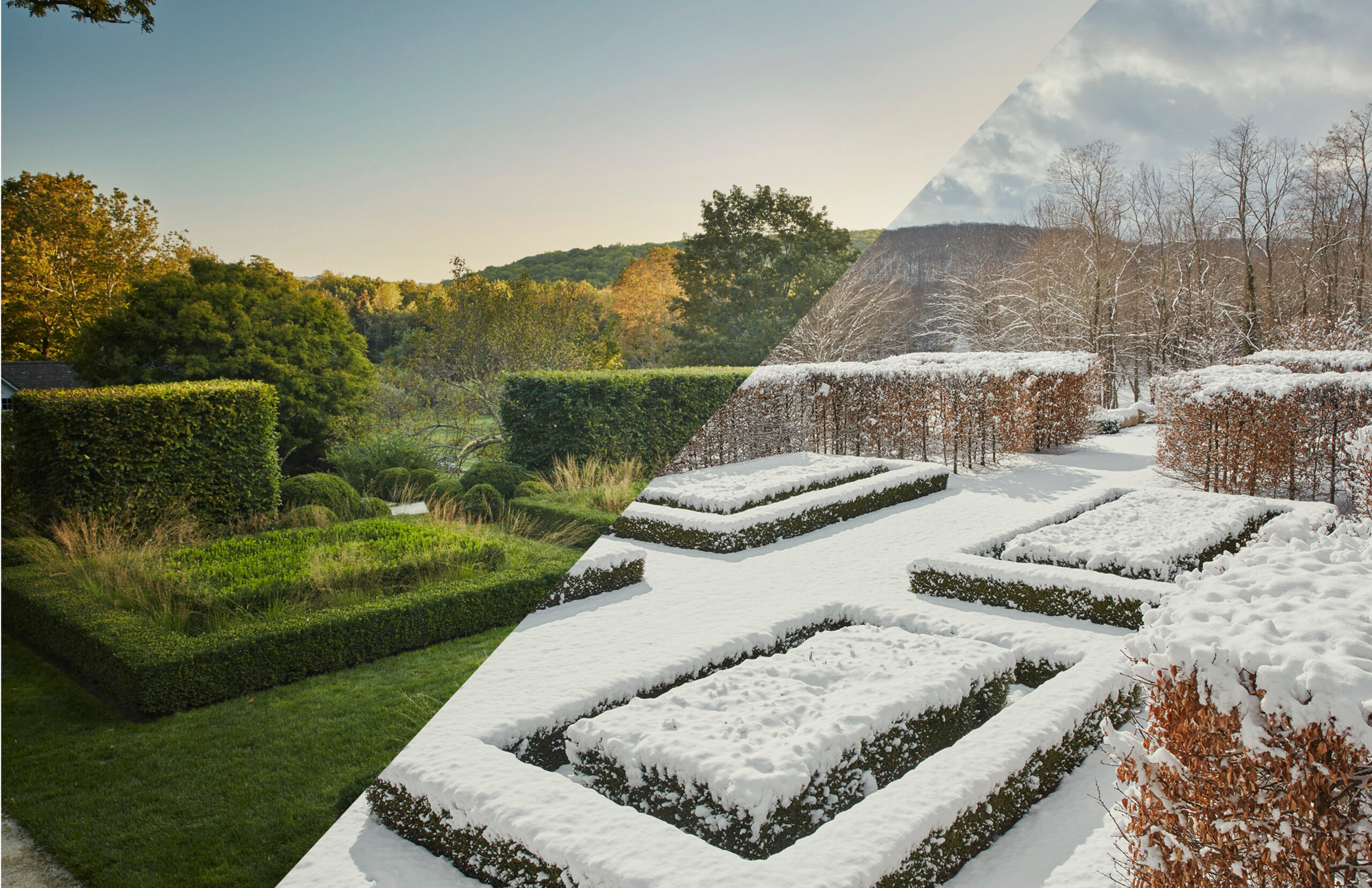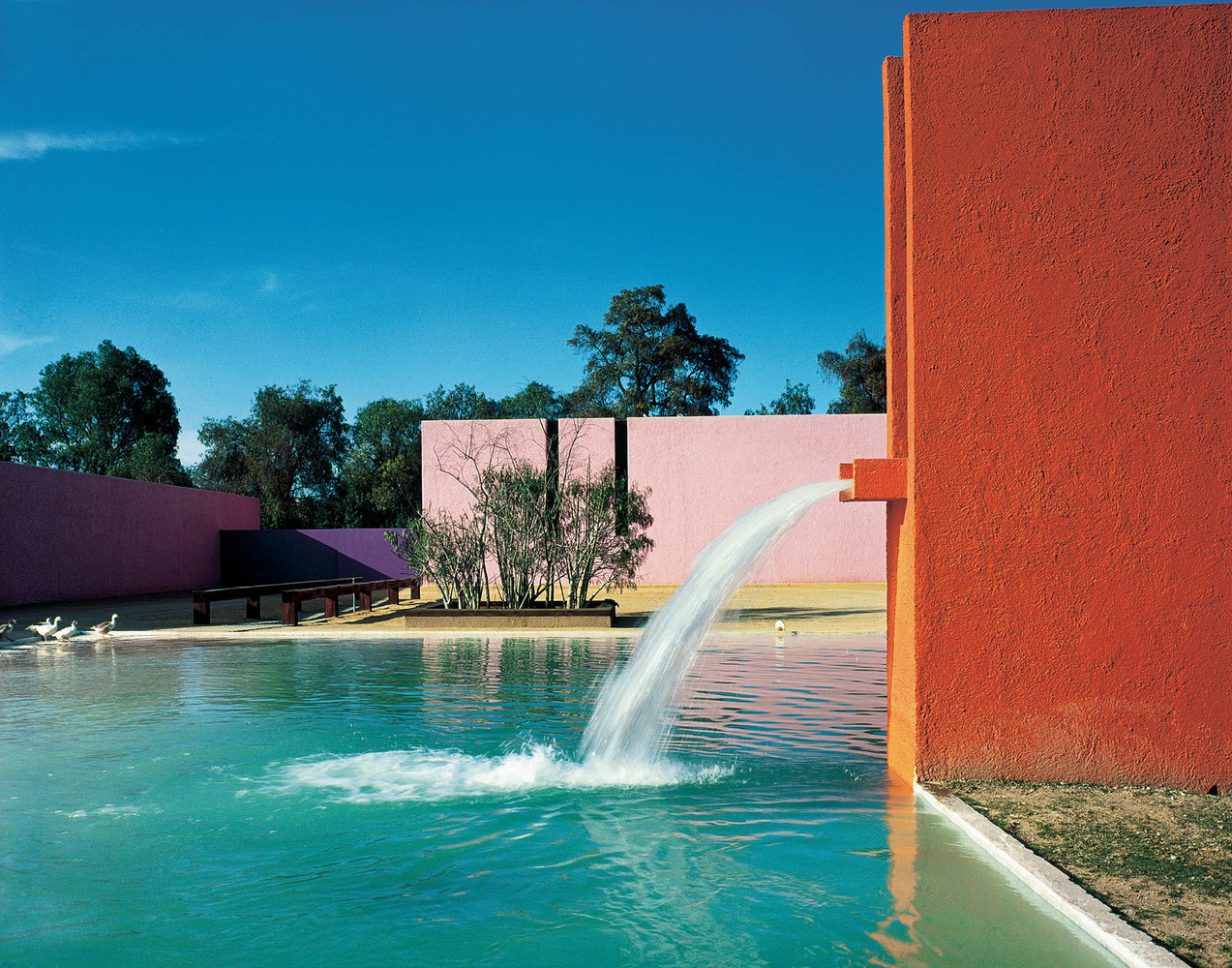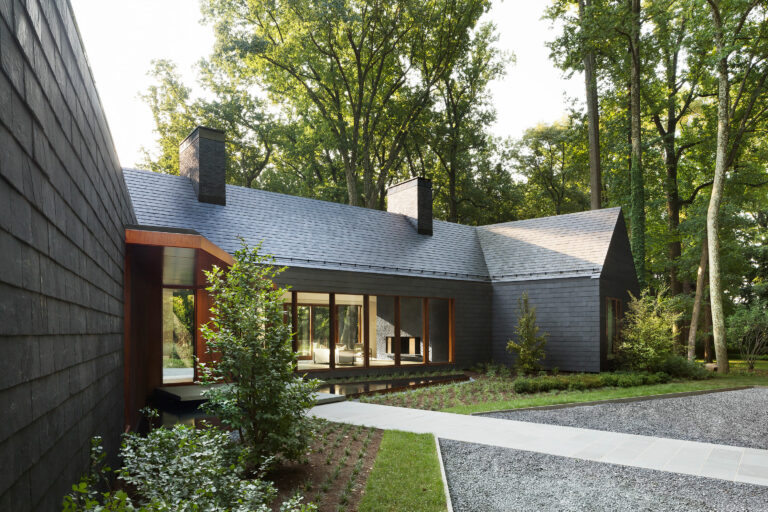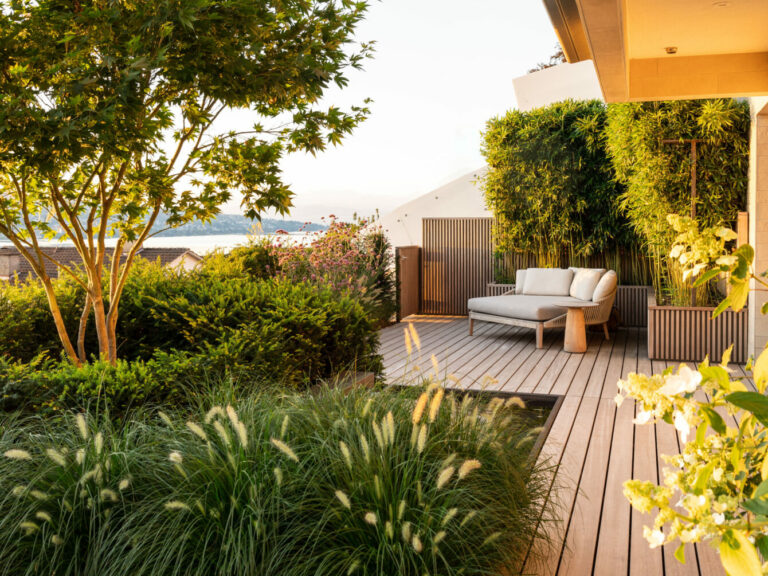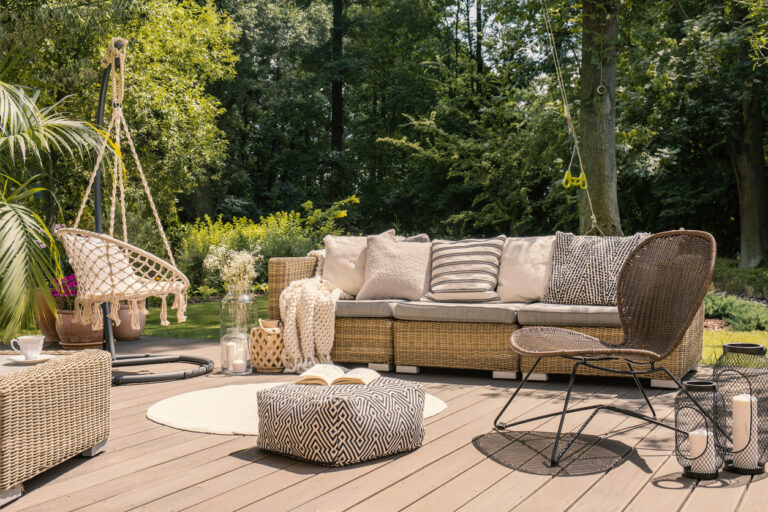Investing in an outdoor pergola can be an excellent way to add a unique accent to your home while extending the space.
However, you need to consider the cost, size, and materials before you start construction process and building the pergola.
There are a number of factors to take into account when estimating the cost of a pergola, and this article will help decide the key factors to consider when designing and proposing pergolas.
What is the purpose of a pergola?
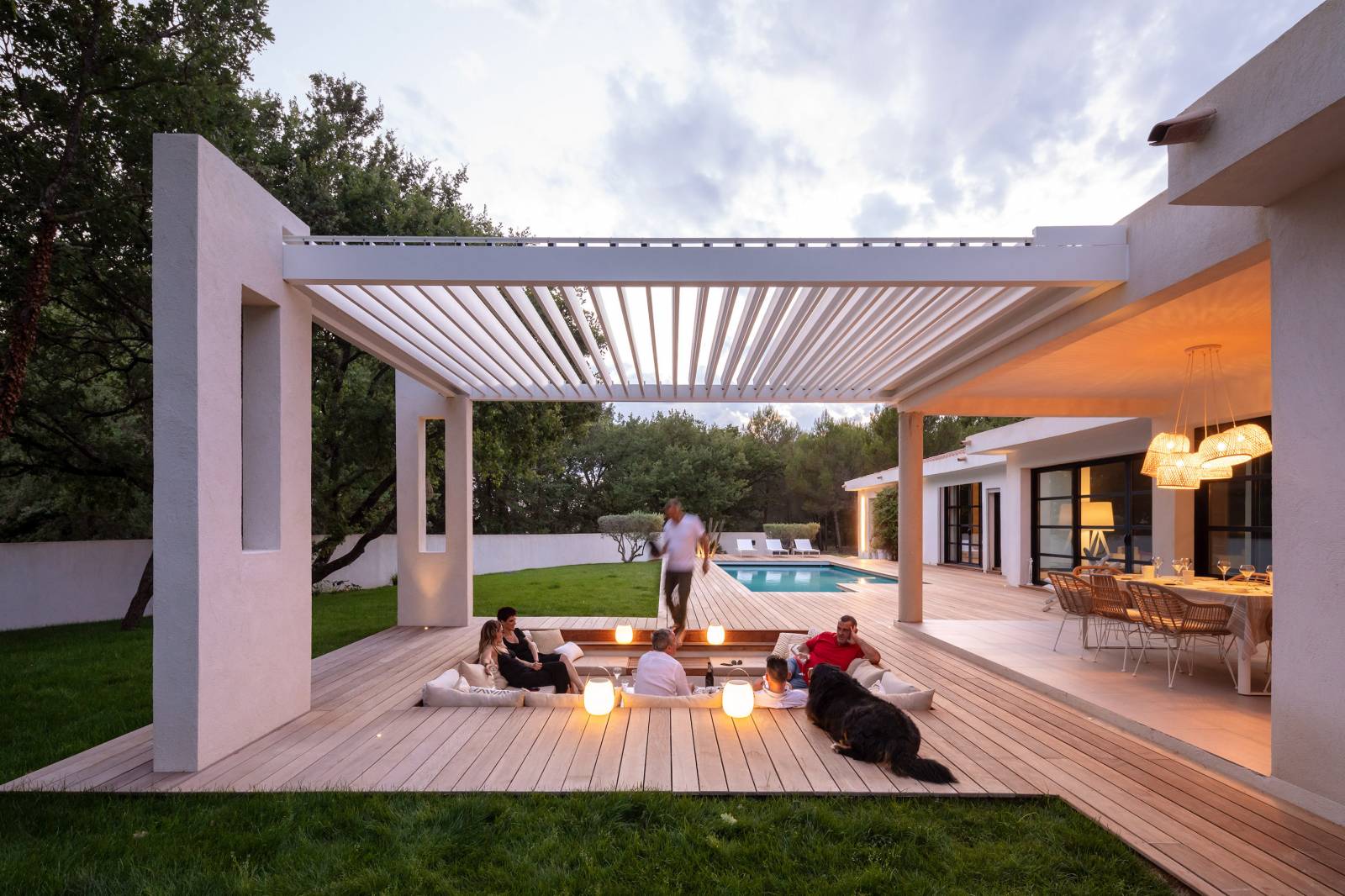
It doesn’t matter if you have a pool, garden or simply an outdoor living space, a pergola is a great way to add style and functionality to your outdoor living space.
One of the most common uses of a pergola is to create shade at a liveable space. If you have a backyard with a pool or deck, a pergola will pair well with either of these outdoor elements.
Another popular use is to serve as an outdoor seating area with a space for BBQ. Pairing a pergola with an outdoor kitchen is a great way to introduce entertaining.
In addition to providing shelter, a pergola can provide privacy and prevent sunlight glare from entering your home. Adding a few decorative plants or a bamboo canopy can help achieve this effect.
For added privacy, you can install a retractable shade canopy or a tarp that is hard to see through it. If you want a more exotic look, you can also use paper lanterns.
A pergola can also act as a trellis, or support for climbing vines. If you want to keep insects away, you can invest in some insect screens.
Besides protecting occupants from the elements, building pergolas can add to the overall value of a home regardless of cost. They are relatively easy to build and can last for decades. However, they do require some maintenance.
PRE-BUILT CAD LIBRARIES
What are pergolas made out of?
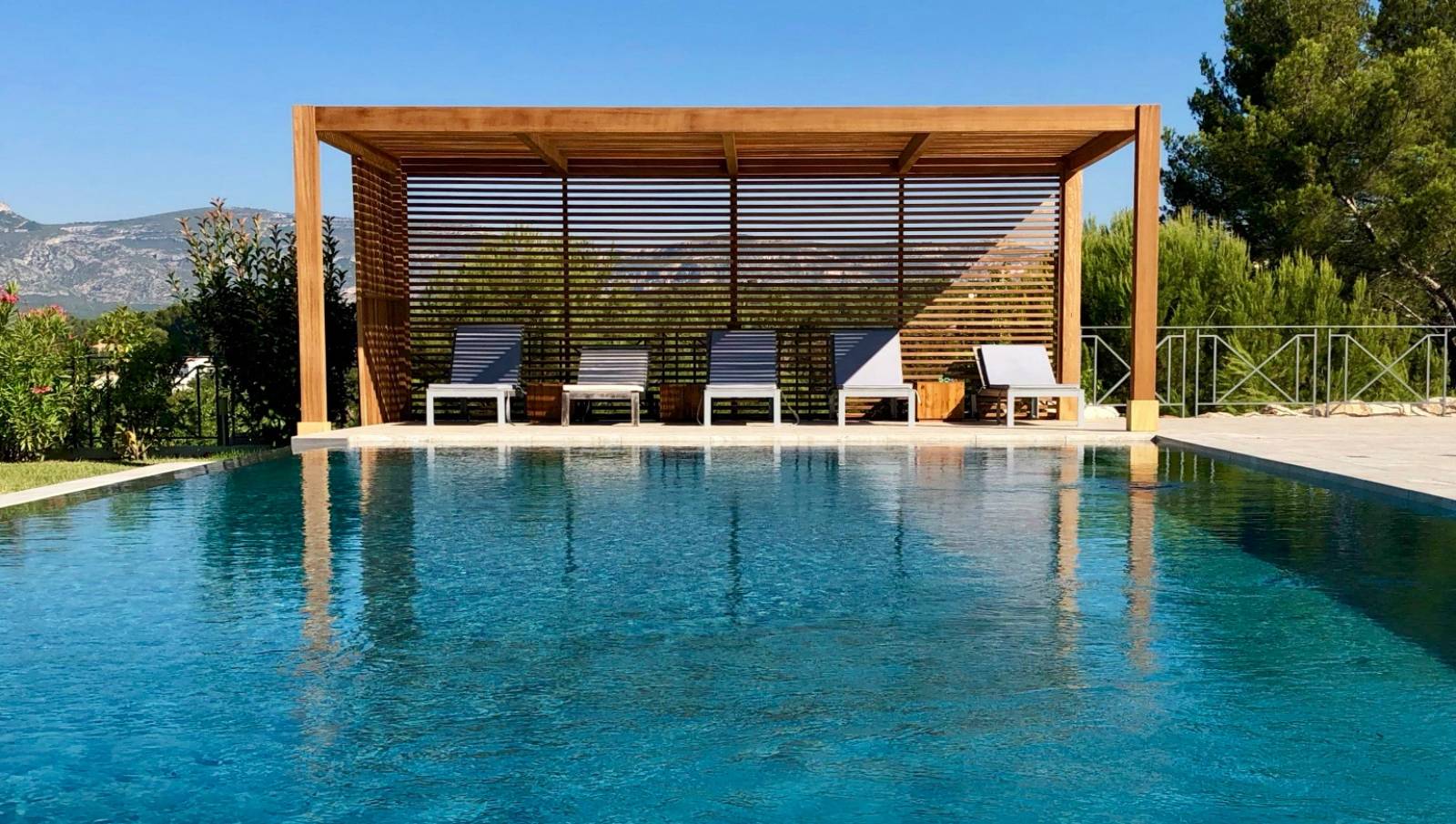
If you’re thinking about installing and estimating the cost of a pergola in your backyard, there are a few different materials to consider. Wood, fiberglass, vinyl and metal are all options. However, it is important to choose the right one. If you want a pergola that will last for years, you may want to consider investing in a high-quality material.
The most common types of outdoor pergolas are made from wood. Best choices of wood include cedar, redwood, and pressure-treated wood.
Wood is a natural, sturdy material that is also easily painted and stained. A cedar pergola is popular because of its beauty and durability. It’s also resistant to rot and insects. A stain or water seal will give your pergola a longer life.
Another option is composite wood. This material is environmentally friendly and requires little maintenance. The finish is also very smooth. The wood cell walls are thicker, making it more durable.
If you prefer a more modern look, consider a pergola with metal posts paired with a type of wood finish. You can also use a powder coating to protect the wood from rust and color fade.
RELATED ARTICLES
What requirements are needed for a pergola?
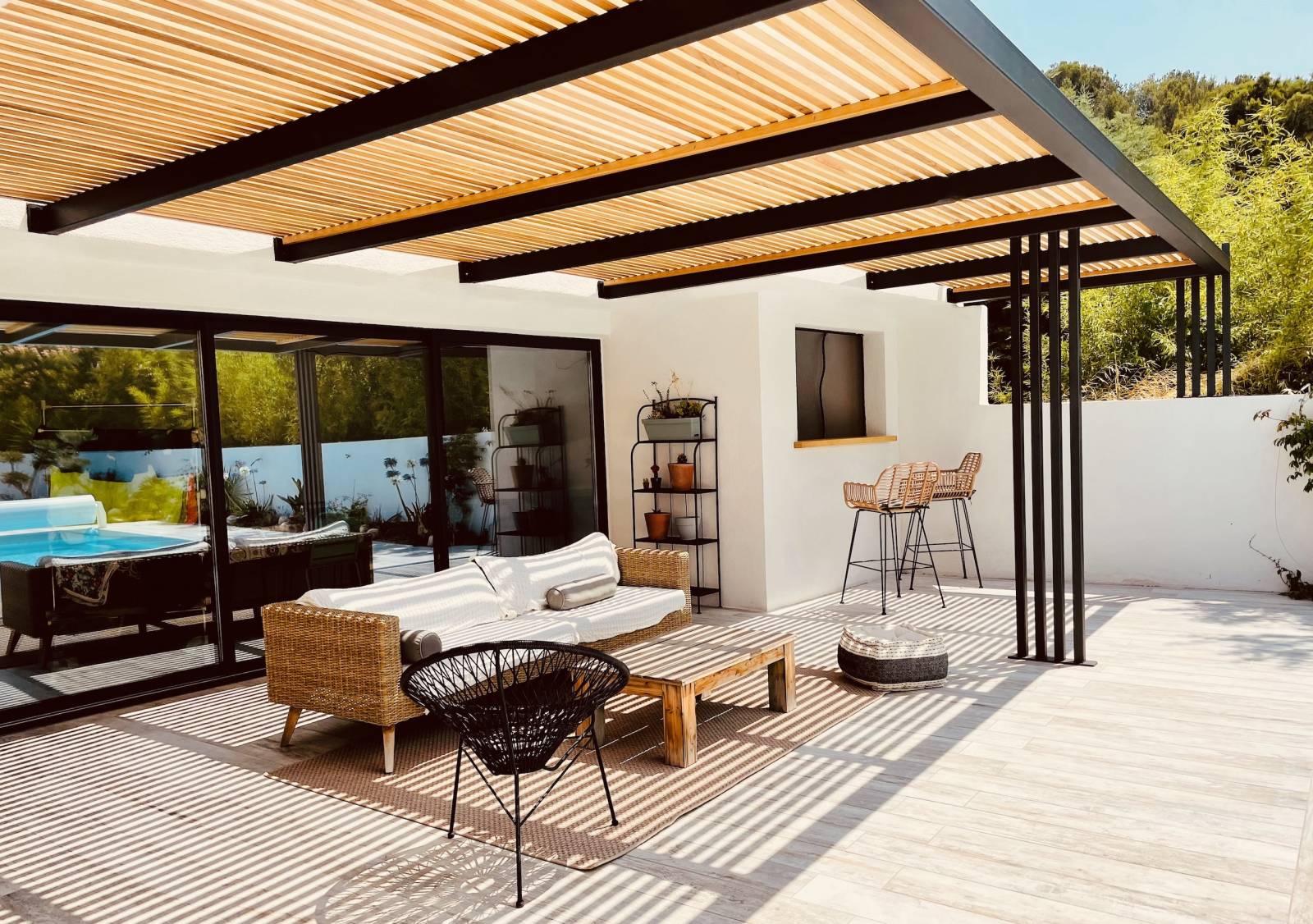
When you are considering adding an outdoor pergola to your property, it is important to find out what are the requirements from your local municipality which can affect the cost of building a pergola. Municode or eCode360 are great tools to easily look up building code online.
You will not only need a permit to get started, but you will also need to pass a code inspection or require an engineer to stamp drawings. Some qualified contractors can help you do all the necessary paperwork needed to build a pergola.
When it comes to choosing wood, you’ll need to take into account the local climate and the environment where you live. In the tropics, you may need to consider tropical hardwood species such as teak and ipe. Similarly, in a coastal region, you’ll need a pergola that is wind resistant.
Generally, an outdoor pergola is a freestanding structure that can be built near your home or attached to an existing structure. It can be as large or as small as you like, but you will need to follow the proper permitting procedures to ensure your project is built safely and correctly.
A well-built pergola is not only a beautiful addition to your home, but it can also serve as a great place to relax, entertain, or even socialize. However, a poorly constructed one can cause you trouble down the line.
ONLINE COURSES
Which direction should a pergola face?
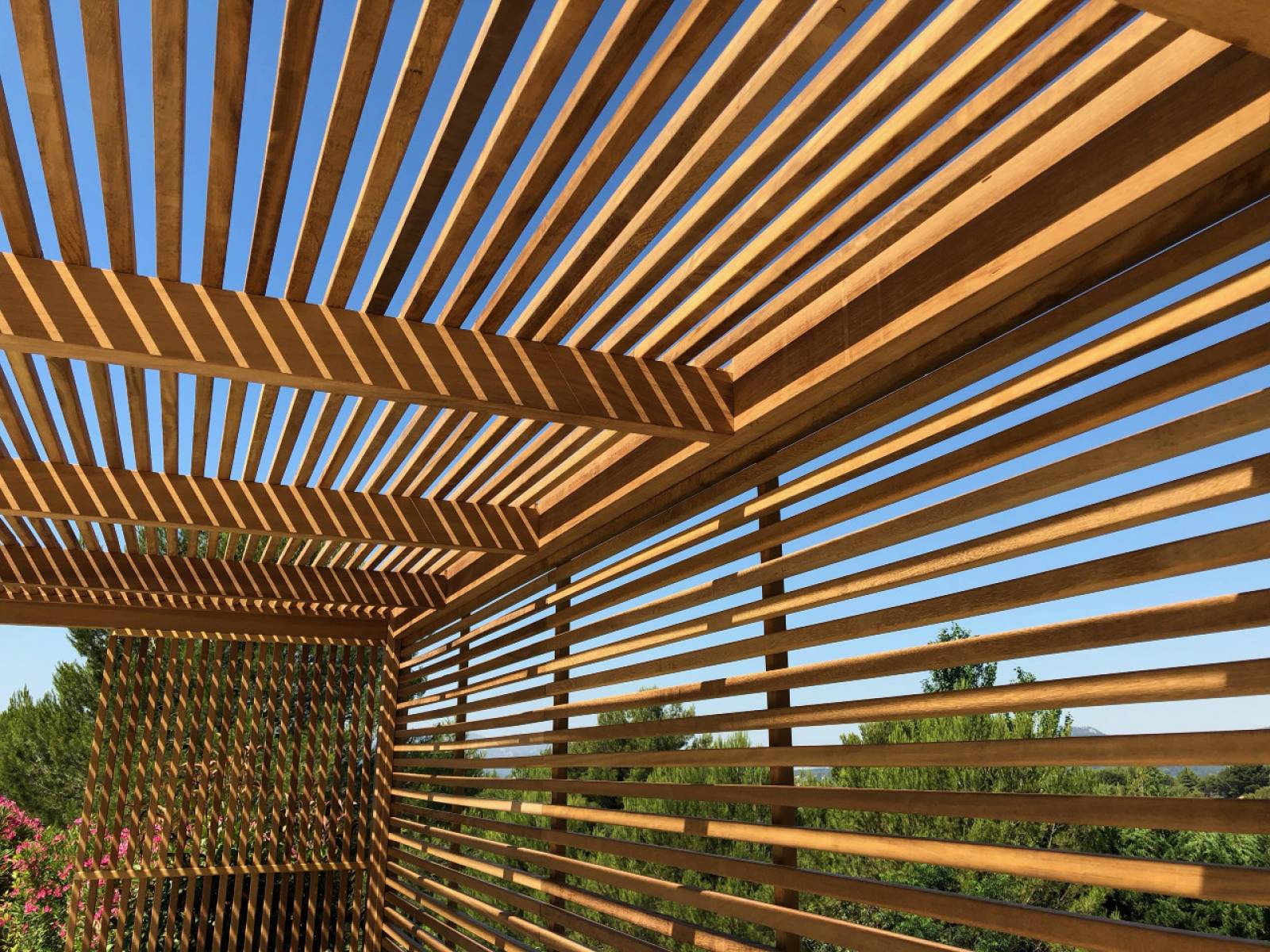
The direction a pergola faces will impact the amount of sun it can filter and also affect the amount of natural sunlight that filters into the interiors.
The location of a pergola can make a huge difference in the amount of shade it can offer, which offers justification of the cost of building a pergola.
A pergola can be placed almost anywhere, but you’ll want to make sure the pergola adds function to different types of spaces.
For example, to keep the blazing midday rays out of your backyard during the summer months, you’d want the rafters of the pergola to run East and West. If you’d like to create shade in the mornings or afternoons, consider running the rafters of the pergola to run North and South.
A properly constructed pergola can add a beautiful touch to any landscape. It can even provide your backyard with some shade during the hottest part of the day. There are many options to choose from, including vines, foliage and a covered roof.
A fabric canopy can be an elegant addition to a pergola. Depending on the style, it can be elaborate or simple. You can also go for shade sails, which are fabric covers attached to poles. They come in many different sizes and colors, so you can find the right fit for your space. To create additional shade you can hang a sheet from the roof.
You can also use plant vines near the base of the pergola to add greenery. Adding a few trees or climbing plants can help you create a sense of privacy from all sides. Using tinted glass to reflect the sun is a simple way to do this, while a piece of old cloth tied to the top of your pergola can do the trick too.
How much do pergolas cost?
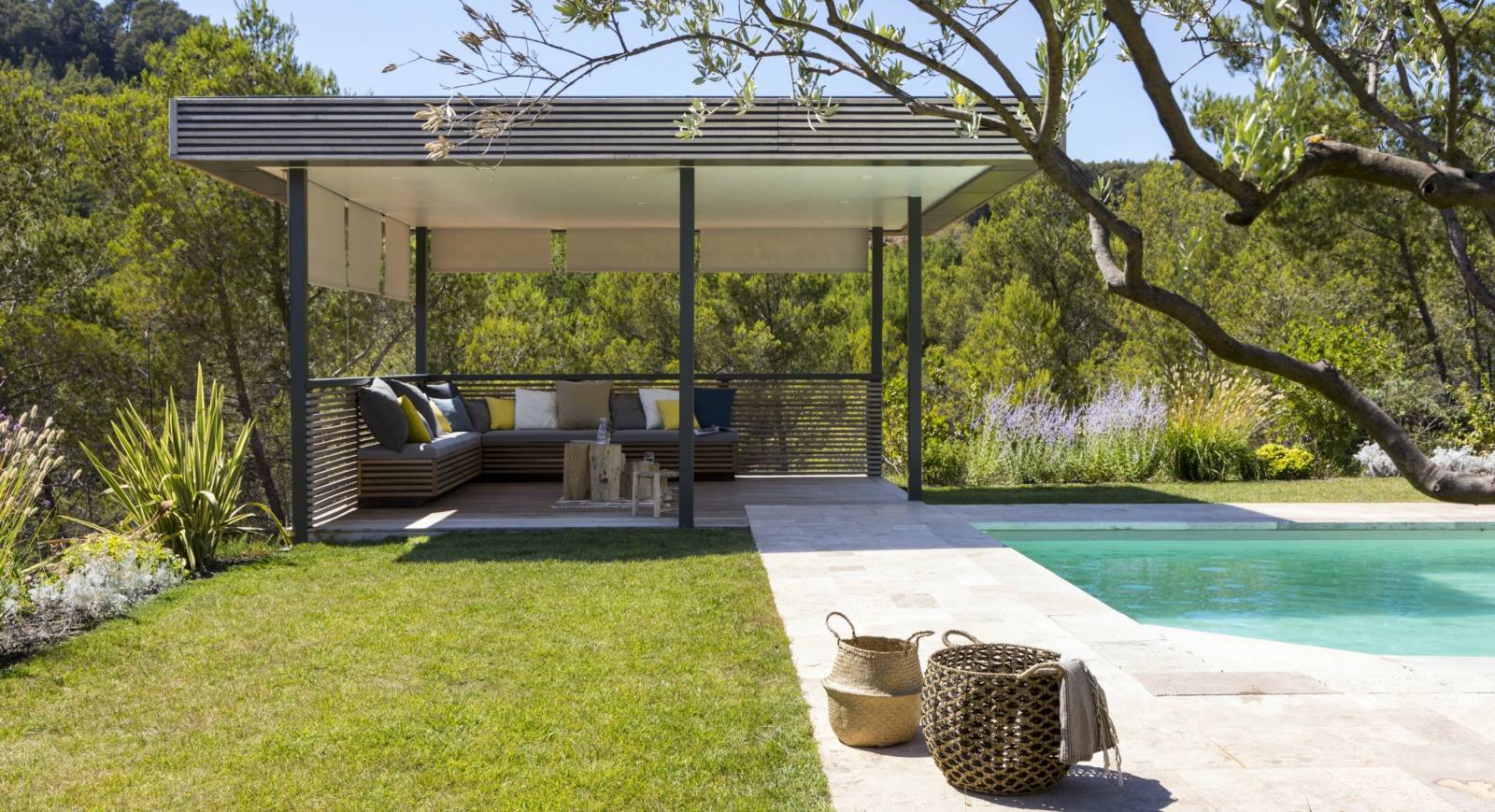
The cost of building an outdoor pergola can vary greatly depending on the type of materials and labor required.
Some of the most common materials used in the construction of a pergola are wood and metal because these materials are durable and relatively easy to maintain.
One important aspect that can help decide on choosing the correct material is to consider the environmental conditions where you want to place your pergola.
If you live in a very sunny area, some exterior surfaces like metal may become hotter in temperature while other materials like wood have different thermal properties.
Another factor that can affect the cost of building a pergola is the size of the structure. While a typical wood pergola could cost between $5,000 to $10,000. Larger structures require more wood and more work and can be upwards of $20,000.
To reduce labor costs, a good choice is a modular or prefabricated outdoor structure that includes everything you need.
If you don’t have a lot of experience with carpentry, it may be more convenient to hire a professional. A pergola builder can save you a significant amount of time while providing appropriate construction methods to ensure security.
If you are looking for additional pricing on landscape costs, check out our Construction Estimation Handbook – a 20-page eBook which provides oversight of landscape construction with typical labor hours, typical labor costs, and typical unit pricing.
